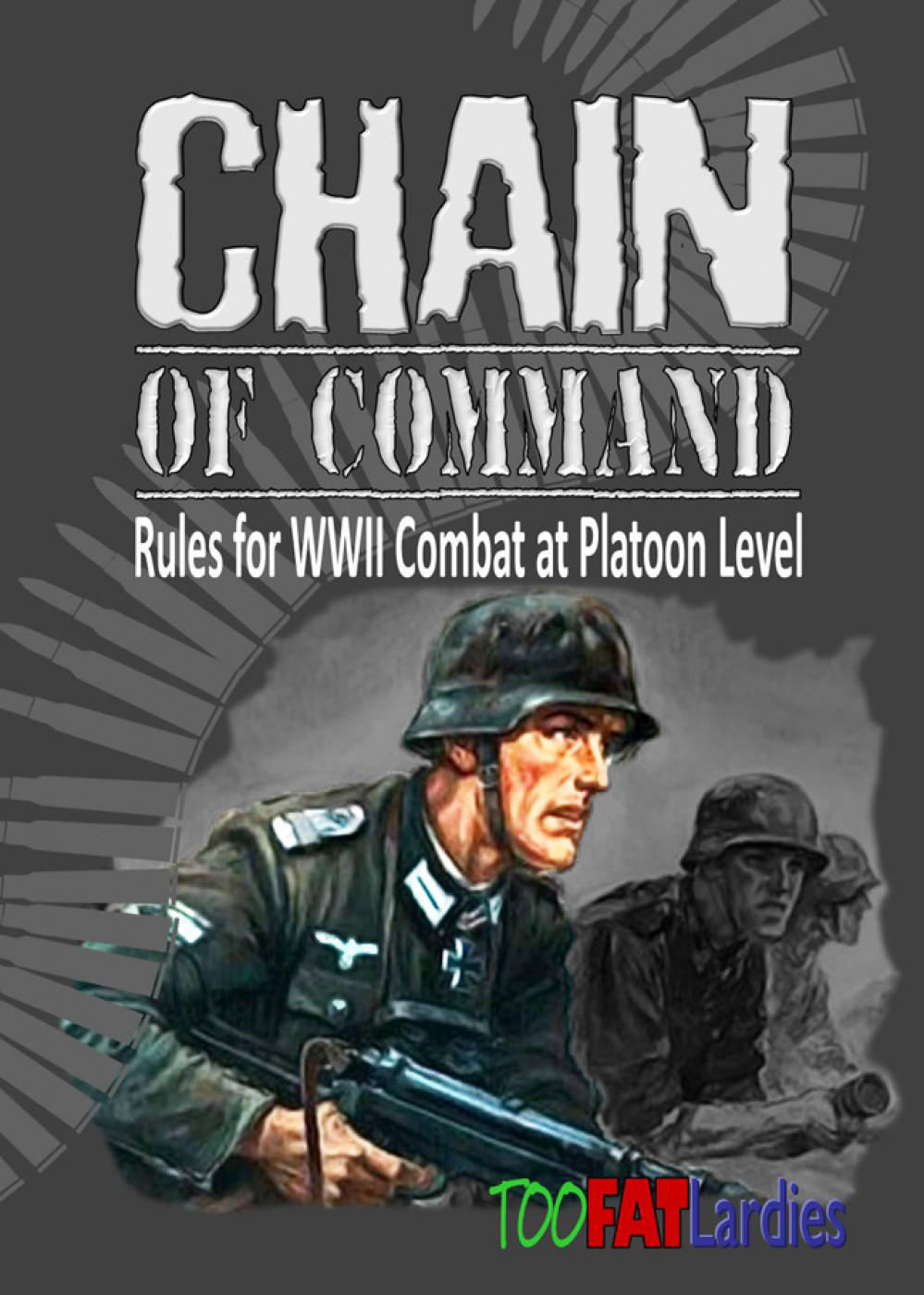
New Chain of Command project - Arnhem 2025
"We" had an idea, lets do Chain of Command - Late War Panzergrenadiers
Creating a Panzergrenadier force for a “Chain of Command” game set during the Arnhem campaign can give you a historical and effective army list. Panzergrenadiers were elite mechanized infantry units of the German army, and during Operation Market Garden (which includes the Battle of Arnhem), they played a key role in the fighting.
Here’s a suggested Panzergrenadier list for Chain of Command with a focus on Arnhem:
Core Platoon (1944 Panzergrenadier Platoon)
Platoon Headquarters:
- 1x Leutnant (Senior Leader) armed with MP40
- 1x Senior Leader armed with MP40
Squads (Panzergrenadier Sections x3): Each squad would generally consist of:
- 1x Junior Leader (Obergefreiter or Unteroffizier) armed with MP40
- 2x MG42 teams:
- Team 1: 1x MG42 team (1x gunner, 1x loader, 2x riflemen)
- Team 2: 1x MG42 team (1x gunner, 1x loader, 2x riflemen)
Each Panzergrenadier section would have a heavy focus on automatic firepower due to the MG42 teams, which gave these squads immense firepower on the battlefield.
Support Options (varied for Arnhem setting)
For support options, you may want to reflect the challenges faced by the Germans during the Arnhem campaign, particularly in terms of mobility and availability of heavy armor. Here are some relevant support options:
Support Options (Common Selections):
- Sd.Kfz. 251/1 Half-Track (for mechanized transport): Iconic transport for Panzergrenadiers, although less common at Arnhem due to logistical issues.
- Pak 40 75mm Anti-Tank Gun: To counter the Allied armor.
- Panzerschreck Team: Anti-tank team that can provide portable armor support.
- Mortar Support: A light 81mm mortar section or off-table artillery support.
- Sniper Team: A single sniper can be used to pin down enemy troops.
- MG34/42 on Tripod: A sustained-fire machine gun for defensive positions.
- StuG III Assault Gun: A common support vehicle for infantry and excellent in urban settings.
- Panzer IV: Medium tank, but rare in Arnhem, making it a higher-cost support option.
Tactical Considerations
Panzergrenadiers in “Chain of Command” are a formidable force, especially with their firepower, but they should be used with caution, especially given the historical context of Arnhem where German forces were often stretched thin and under pressure. Defensive positions, ambushes, and leveraging terrain will be key in using them effectively.
Additional
To better tailor the Panzergrenadier force to a specific scenario within the Arnhem campaign, we should consider the historical context and challenges faced by the German forces. In September 1944, the German units in Arnhem were a mix of various formations, including elite SS Panzer units, Fallschirmjäger (paratroopers), and ad hoc formations. The Panzergrenadiers played a crucial role in countering the British 1st Airborne Division.
Here’s an adjusted Panzergrenadier list with the particular challenges of the Arnhem campaign in mind:
Historical Adjustments for Arnhem
- Limited Resources: German forces, though highly experienced, were under-resourced, especially in terms of fuel and heavy armor.
- Urban Fighting: Arnhem itself provided opportunities for close-quarters urban fighting, where mobility and combined arms tactics would be critical.
- Limited Armor: German armor was present but not in overwhelming numbers due to fuel shortages and Allied air superiority.
- Ad-hoc Units: Due to the chaotic nature of the battle, some German units were hastily formed from available troops.
Revised Panzergrenadier List for Arnhem Chain of Command
Core Platoon: Panzergrenadier Platoon (Wehrmacht, Late 1944)
Platoon Headquarters:
- 1x Leutnant (Senior Leader) with MP40
- 1x Senior Leader with MP40
Squads (Panzergrenadier Sections x2): Each squad consists of:
- 1x Junior Leader (Obergefreiter or Unteroffizier) with MP40
- MG42 Team 1: 1x MG42 team (1x gunner, 1x loader, 2x riflemen)
- MG42 Team 2: 1x MG42 team (1x gunner, 1x loader, 2x riflemen)
To reflect the historical context of Arnhem, you may choose to reduce the number of Panzergrenadier sections from 3 to 2. This would simulate the strain on German manpower and resources.
Support Options: Focus on Urban and Defensive Warfare
- Transport & Armor (Select based on availability and scenario)
- Sd.Kfz. 251/1 Half-Track: Can be limited due to fuel shortages.
- Opel Blitz Truck: For transport but vulnerable in urban combat.
- StuG III: Assault gun, excellent for supporting infantry in urban fighting, and more common than tanks in Arnhem.
- Jagdpanzer IV: A tank destroyer option, more likely in small numbers.
- Anti-Tank Options
- Panzerschreck Team: Highly useful in urban ambushes, effective against Allied armor.
- Pak 40 75mm Anti-Tank Gun: Set up in defensive positions to counter British tanks or vehicles.
- Infantry and Urban Warfare
- Fallschirmjäger Reinforcements: A single squad of elite paratroopers who can support the Panzergrenadiers in close-quarters combat.
- MG34/42 on Tripod: Set up in key defensive locations to lay down sustained fire.
- Sniper Team: A sniper team can be effective in Arnhem’s urban environment to harass British positions.
- Flamethrower Team: Very effective in clearing buildings or strongpoints in an urban setting.
- Artillery and Mortar Support
- 80mm Mortar Team: Light indirect fire support.
- Off-table 105mm artillery: For heavier bombardment but with a delay in arrival.
- Infantry Gun: A small-caliber gun (e.g., 75mm) could be useful for direct fire support against enemy strongpoints.
- Tactical Obstacles
- Barbed Wire or Minefields: To slow down British paratroopers in urban environments.
- Roadblocks: Given Arnhem’s urban environment, roadblocks can be used to hinder British movement or funnel them into kill zones.
Suggested Tactical Approach
- Ambush and Defense: Set up MG42s in good overwatch positions with overlapping fields of fire. Use the urban terrain to funnel the enemy into kill zones where your MG42s can maximize their firepower.
- Close Support: Use a StuG III or Jagdpanzer IV sparingly, positioning them carefully due to the confined spaces in Arnhem. These vehicles can provide excellent fire support but are vulnerable to enemy anti-tank weapons in close-quarters.
- Anti-tank Defense: Panzerschreck teams and Pak 40s can be used to counter British armor if it arrives. Ambush tactics will be crucial to getting the first shot in.
- Fallschirmjäger Reinforcements: If British paratroopers get too close, or during an assault, deploy Fallschirmjäger to repel the attack. Their experience in airborne and defensive operations can give you a significant edge in close-quarters combat.
Support Points
In Chain of Command, the number of Support Points allocated to each side depends on the scenario being played and the relative Force Rating of the opposing platoons. The Arnhem campaign scenarios often feature asymmetrical engagements, with the Germans typically having a higher Force Rating than the British airborne troops, who rely more on their elite status.
Here’s a quick breakdown for determining Support Points:
1. Determine Force Ratings
- A typical Panzergrenadier Platoon (Late War) has a Force Rating of +7 due to their elite status, high firepower, and multiple MG42s.
- A British Airborne Platoon (such as the 1st Airborne Division at Arnhem) typically has a Force Rating of +8 or +9, depending on specific unit composition and scenario rules.
2. Scenario Selection
The scenario being played will give a base number of support points. Typically, the defender gets more support than the attacker.
For Example:
- Scenario 1 (Patrol): The attacker usually receives 1d6 support points, and the defender receives the same or fewer points, depending on the roll and scenario.
- Scenario 2 (Attack on an Objective): The attacker may receive 1d6+2 support points, and the defender might get more or less depending on the tactical situation.
3. Adjust for Force Rating Difference
If there is a difference in the Force Ratings between the two sides, the side with the lower Force Rating will receive additional Support Points to balance things out.
Example Support Calculation:
Let’s say your Panzergrenadier Platoon has a Force Rating of +7, and you’re up against a British Airborne Platoon with a Force Rating of +9. The difference is 2 points (+9 – +7 = +2).
If you’re the Germans (defender) in a scenario with 1d6+2 Support Points, and you roll a 4 on the d6:
- Base Support Points: 4 (roll) + 2 (scenario bonus) = 6 support points
- Difference in Force Rating: Since the British have a +9 Force Rating, they do not get extra points. However, if they were the underdog, they’d receive additional support.
So, your Panzergrenadier force would have 6 support points, while the British might get around the same or slightly fewer, depending on the scenario rules.
Typical Arnhem Support Points Range
Given the historical setting of Arnhem, support points for each side may range from 4 to 12 points, depending on:
- Scenario type (defensive vs. offensive)
- Force Ratings and relative strengths
































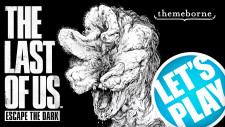
![TerrainFest 2024! Build Terrain With OnTableTop & Win A £300 Prize [Extended!]](https://images.beastsofwar.com/2024/10/TerrainFEST-2024-Social-Media-Post-Square-225-127.jpg)
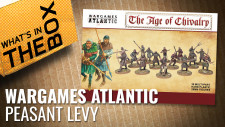
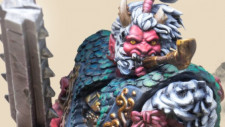
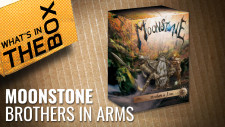






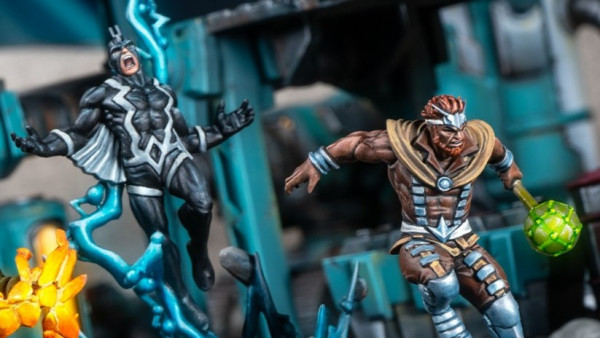

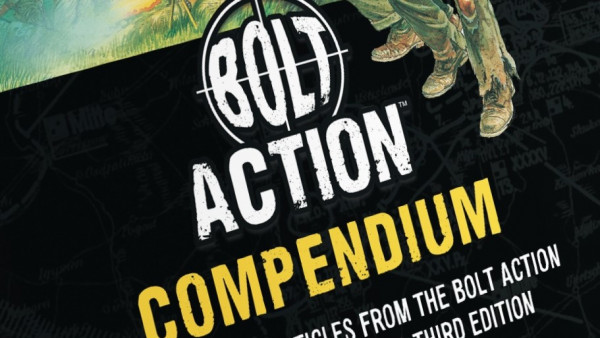
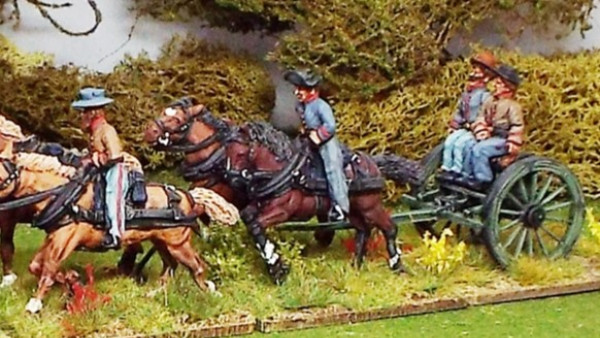

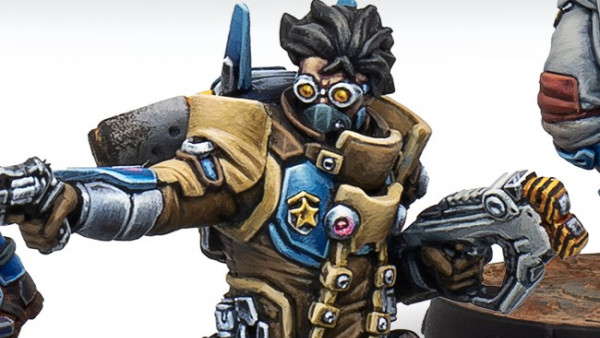
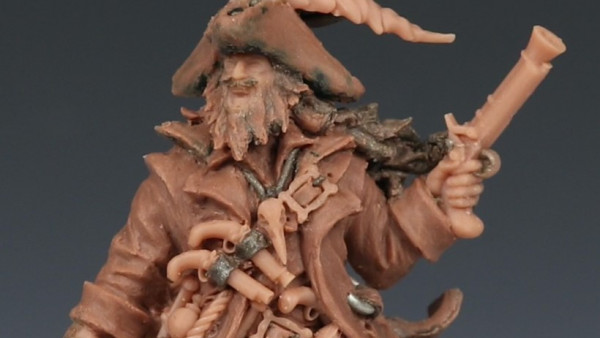
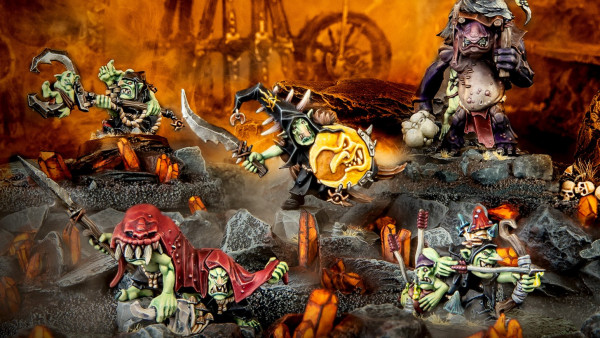
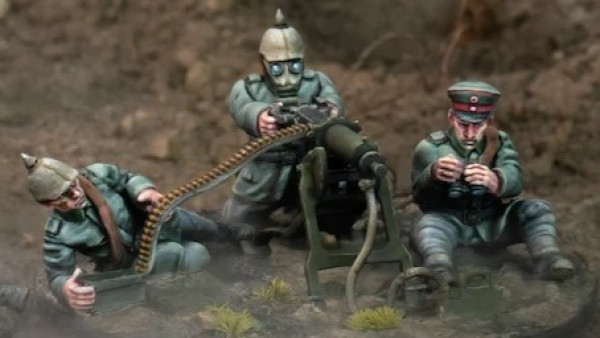
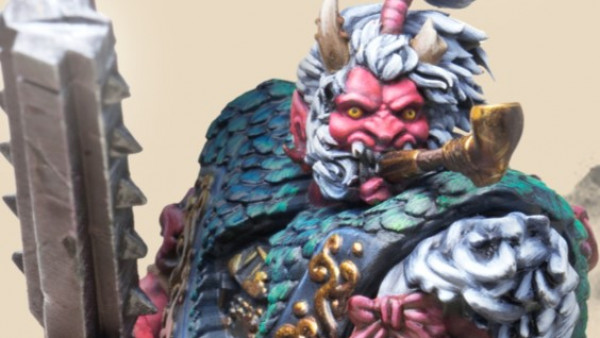
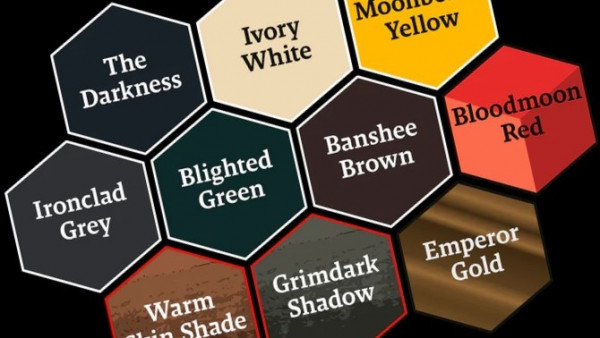
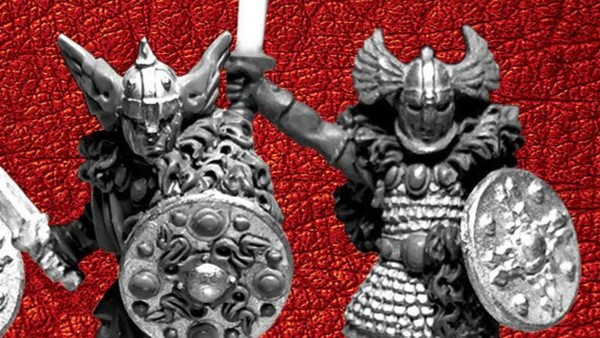



















Leave a Reply